In this post, I'm pleased to share the 34 successful projects in the second round of Landscape Recovery. This £25 million round will fund 12 more projects than the previous round, demonstrating our commitment to funding that delivers environmental benefits in harmony with food production.
This month, we will open another round of the Small R&D Partnership Projects competition and, in September, another round of the Feasibility Studies competition will follow. In this post, I’ll give you a brief overview of the competitions. I'll also include links to guidance, share details of upcoming webinars and include dates to note.
In this post, we share the next steps of the Animal Health and Welfare Pathway. Through the first round of the Animal Health and Welfare Equipment and Technology grant, over £19 million will be awarded to more than 3,000 pig, cattle, poultry and sheep farmers. A new Animal Health and Welfare Infrastructure grant is also on …
In this film, farming facilitator Danny Teasdale took us to Strickley Farm in Cumbria, to meet dairy farmer James Robinson. Danny and James show us a piece of farmland that has always been unproductive and prone to flooding. James and Danny explain how they re-meandered the stream through the flooded area to create a natural …
From 24 July, agri-tech businesses in the UK will be able to apply for a share of £5 million to further their enterprise through the Farming Innovation Investor Partnership competition. The competition documents are available to read now.
We recently asked you to help us shape the list of items under the Productivity and Slurry theme of the Farming Equipment and Technology Fund (FETF). The survey was due to close on 3 July. However, in response to requests to keep the survey open for a little longer, we’ve extended the deadline to midday, Wednesday …
In the latest in our series of films from the Lake District, we visit Miller Farming in Penruddock. Upland farmers, Garry and Hazel Miller, have sheep, cows, and free-range hens. They talk about how they’ve increased productivity and enhanced nature at the same time.
It is our mission to create an offer that is workable for every farmer and farm type in England. Upland farmers are a crucial part of our rural communities, economies and landscapes – they are central to the production of high-quality food and other goods. In this post, we set out the offer for upland …
The Farming Equipment and Technology Fund supports the purchase of equipment, technology, and infrastructure designed to improve agricultural, horticultural and forestry productivity in a sustainable way. Grants are offered towards the cost of specific items of equipment on a list. We promised to review the list of productivity and slurry items and we'd like your help.
Alongside government funding, there are a range of private sector opportunities for farmers and land managers to access new income streams to invest in their holdings. We want farmers and land managers to be able to confidently and securely access payments from both the public and private sector for the environmental benefits they produce. Published …

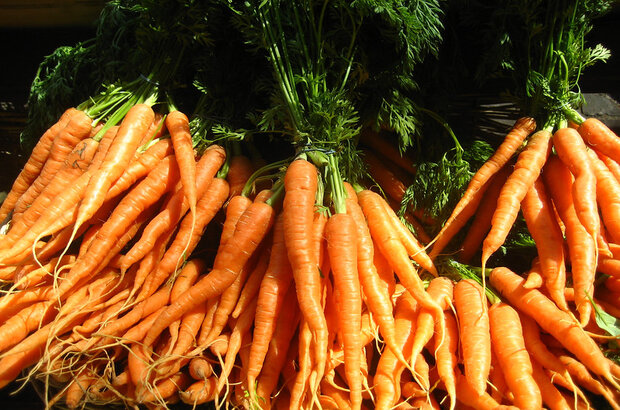
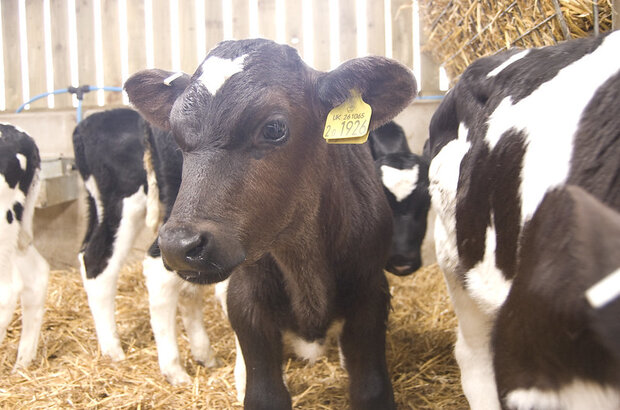
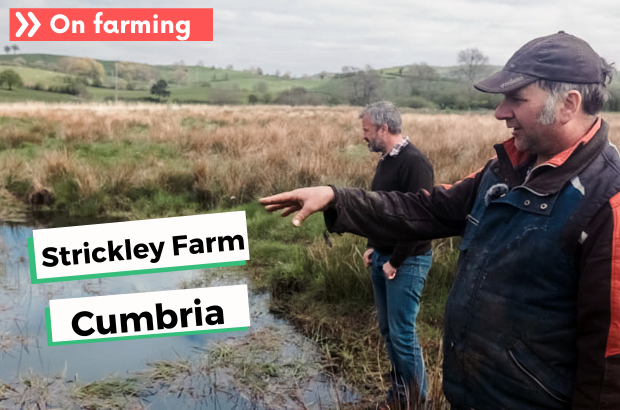
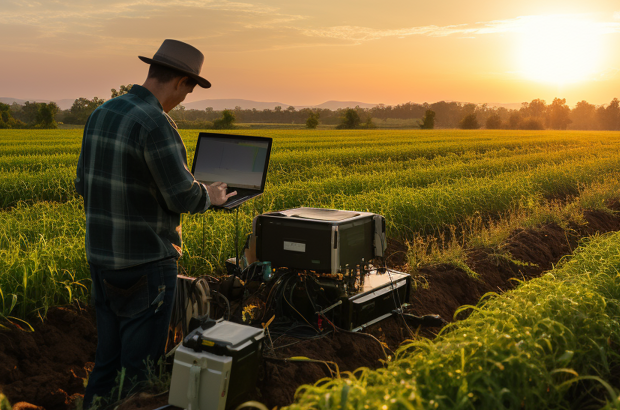
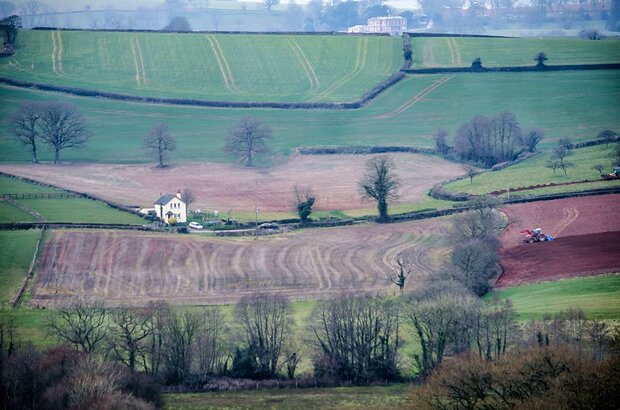

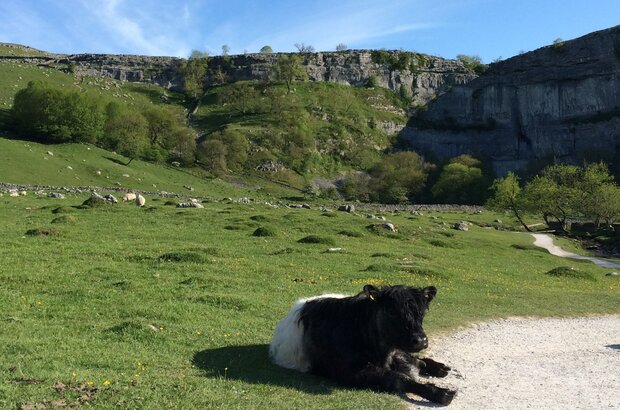
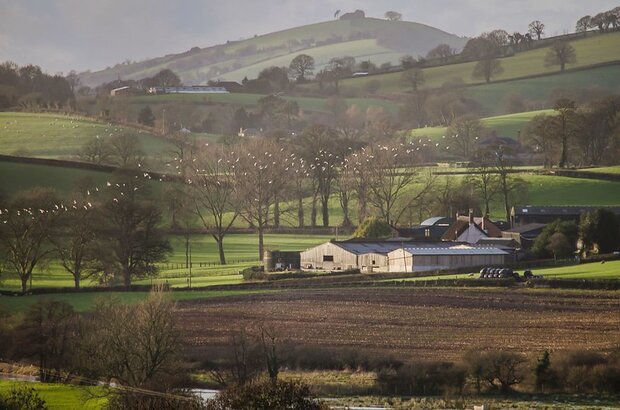
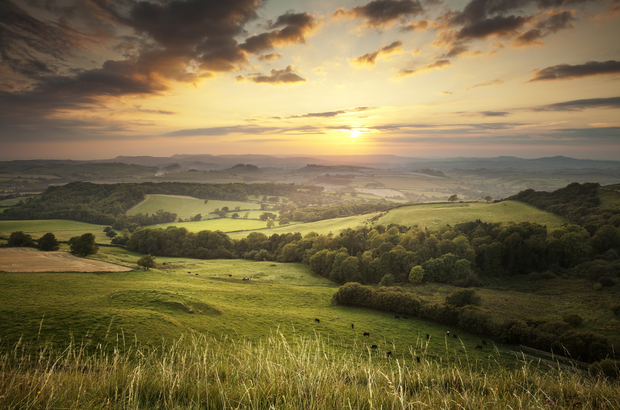
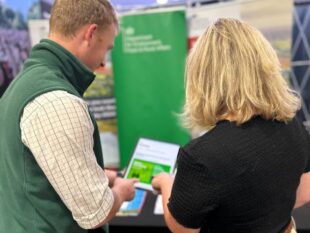

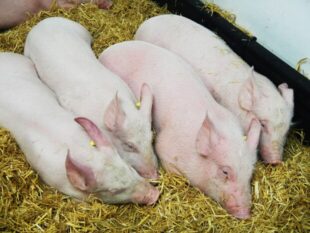
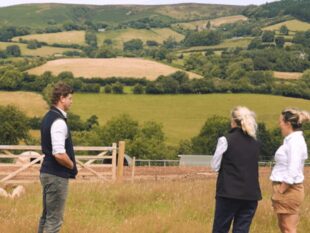 The
The 